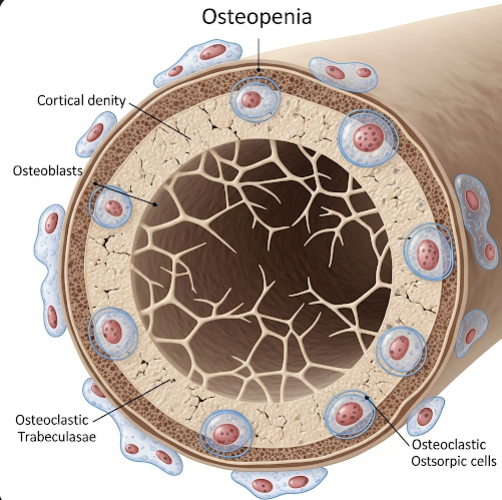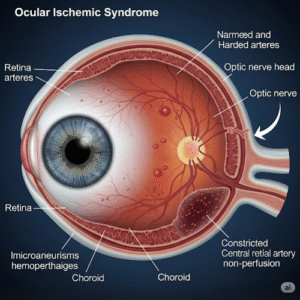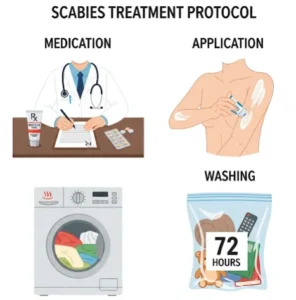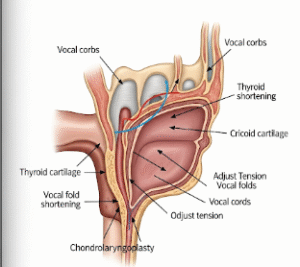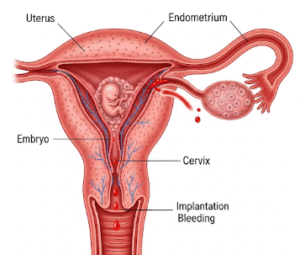Overview
Osteopenia is a condition characterized by lower-than-normal bone mineral density, which is not low enough to be classified as osteoporosis but indicates a risk for future bone loss and fractures. It is often considered a precursor to osteoporosis. In Korea, early detection and management of osteopenia are emphasized to prevent progression to more severe bone diseases and maintain bone health.
What is Osteopenia?
Osteopenia means decreased bone density compared to a healthy young adult, leading to weakened bones that are more susceptible to fractures. It is diagnosed based on bone mineral density (BMD) measurements using dual-energy X-ray absorptiometry (DEXA). Although it may not cause symptoms initially, osteopenia signals a higher risk for osteoporosis if untreated.
Symptoms
Osteopenia typically does not produce symptoms and is often discovered during routine screening. However, as bone loss progresses, individuals may experience:
- Increased risk of bone fractures from minor falls or injuries
- Possible mild bone pain or discomfort in some cases
Causes
Causes of osteopenia include factors that disrupt the balance between bone formation and resorption:
- Aging, which naturally decreases bone density
- Hormonal changes, especially decreased estrogen in postmenopausal women
- Inadequate calcium or vitamin D intake
- Sedentary lifestyle or lack of weight-bearing exercise
- Certain medications such as corticosteroids
- Medical conditions affecting bone metabolism
Risk Factors
Risk factors for developing osteopenia include:
- Age over 50 years
- Female gender, particularly after menopause
- Family history of osteoporosis or fractures
- Low body weight or small body frame
- Smoking and excessive alcohol consumption
- Lack of physical activity
Complications
Without intervention, osteopenia can progress to osteoporosis, increasing the risk of:
- Fragility fractures, especially in the hip, spine, and wrist
- Chronic pain and disability from fractures
- Reduced mobility and independence
Prevention
Prevention strategies focus on maintaining and improving bone density:
- Adequate intake of calcium and vitamin D
- Regular weight-bearing and muscle-strengthening exercises
- Avoiding smoking and limiting alcohol intake
- Monitoring bone health with periodic DEXA scans
- Managing underlying health conditions affecting bones
Treatment Options in Korea
In Korea, osteopenia management includes:
- Lifestyle modification: Diet rich in calcium and vitamin D, exercise programs tailored to bone health
- Supplementation: Vitamin D and calcium supplements as needed
- Medications: In some cases, doctors may prescribe medications like bisphosphonates to prevent progression
- Regular screening and monitoring: Using DEXA scans to track bone density changes
- Education and counseling: To promote adherence to lifestyle changes and treatment plans
Korean healthcare facilities provide comprehensive bone health programs integrating diagnostics, nutrition, physical therapy, and medical management to help patients maintain strong bones and reduce fracture risk.

